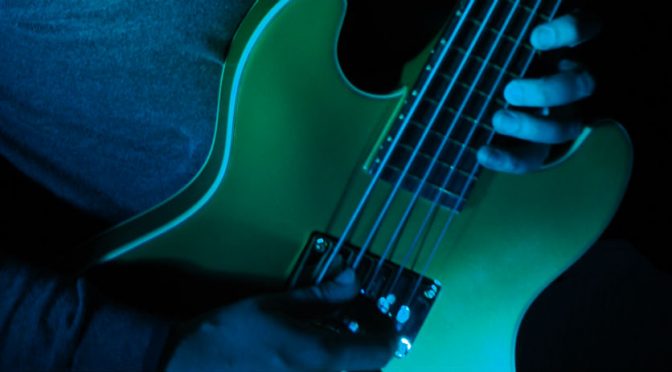Play Bass on Sus Chords (Suspended Chords) – Bass Practice Diary – 12th March 2019
Sus chords or suspended chords create a really cool modern sound. Last week I put out a video of a bassline I’d written on four sus chords. This week I want to explain a little bit of the theory behind my approach to playing on these types of chords.
What is a suspended chord?
I think there is often confusion over what the term suspended actually means when it relates to music. A suspended chord is simply a chord that doesn’t contain a third. A basic musical triad (three note chord) usually contains a root, a third and a fifth. And it’s the third that defines the chord as being either major or minor.
Suspended chords don’t use the third. The third is usually replaced by a fourth (sus4) or a second (sus2). Therefore they’re not major or minor chords. They need a different name, and that name is suspended. The name itself doesn’t really tell you anything important about the nature of the chords or how to play on them, so most musicians usually abbreviate and call them sus chords.
How do you play on sus chords?
Personally, I take a jazz approach to playing on sus chords. A basic sus4 or sus2 chord (like the kind you might find in a pop song) is all very well. But for me these chords get really interesting when you start extending them, creating richer fuller harmonies and chord voicings.
When I’m playing bass on sus chords, I like use the notes of a major 9th chord or arpeggio. But I think of the root note of the sus chord as being the 9th of the major arpeggio.
So, for example, G is the 9th of F major. So I can think of a Gsus chord as being an inverted Fmaj9 chord with the 9th becoming the root.

If you think of the notes of an Fmaj9 chord with the root G, then the chord tones are root, 2nd (9th), 4th, 6th (13th) and b7th (dominant 7th). So you can think of my Gsus chord as being a G7sus4 chord with a 9th and a 13th added as chord extensions. However, I would simply think of it as Gsus and the chord extensions are there at the discretion of the musicians voicing the chords.
More sus chord arpeggios
These kind of extended sus chords create a really cool modern jazz sound. I think they’re cool because they aren’t major or minor, so the sound of them is always a bit of a question mark. Almost like you’re not really sure when you hear them, how they’re supposed to make you feel.
In the bassline I played in last week’s video, I used four sus chords Gsus, Bbsus, Dbsus and Esus. In each case I thought of the root note as being the ninth of a major 9th arpeggio.





